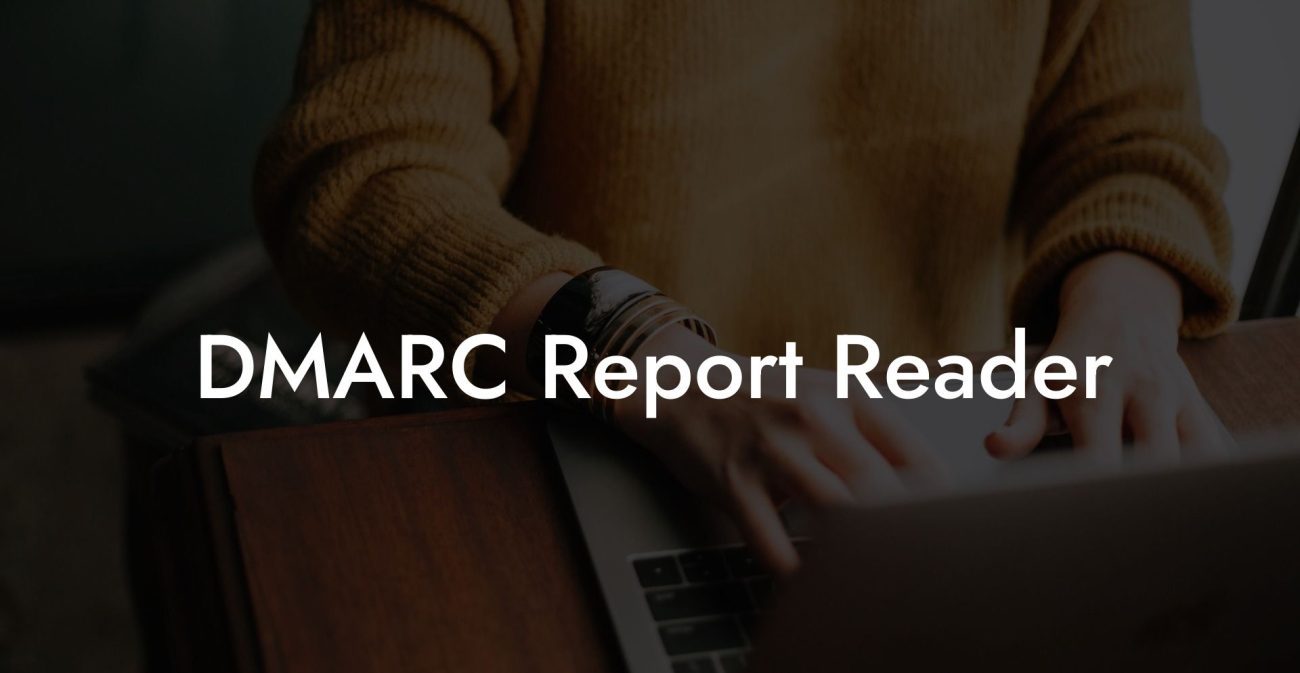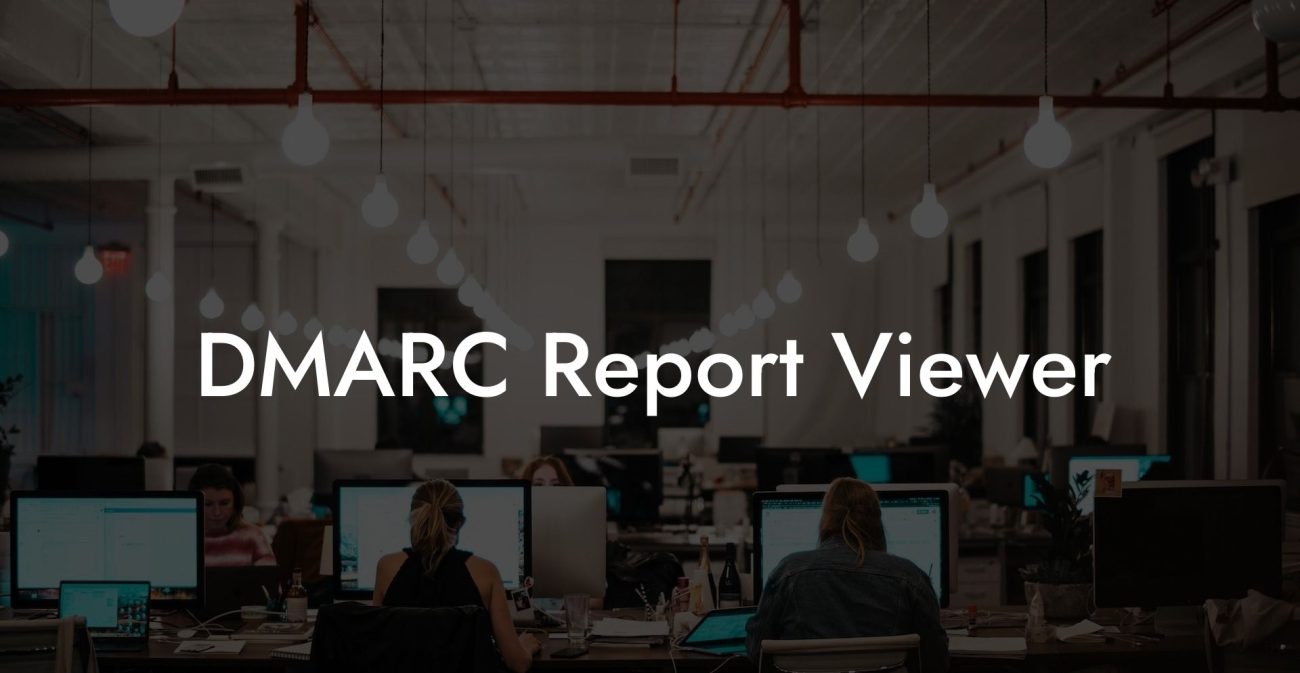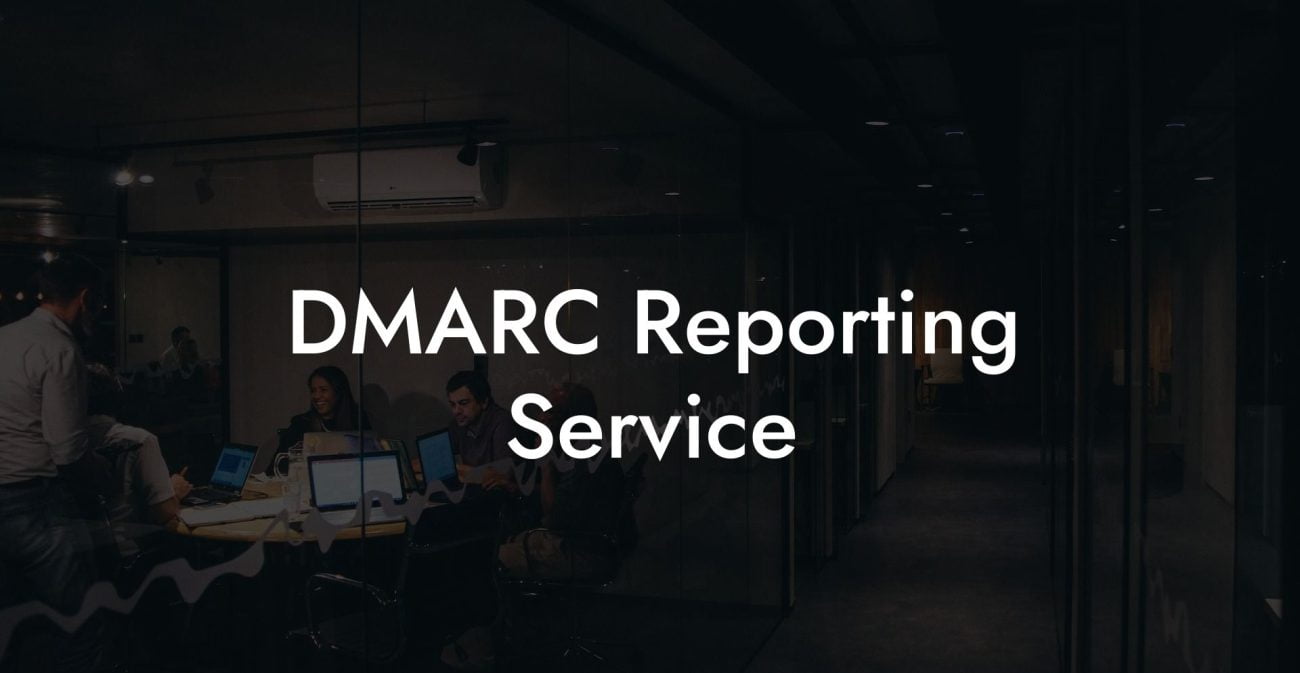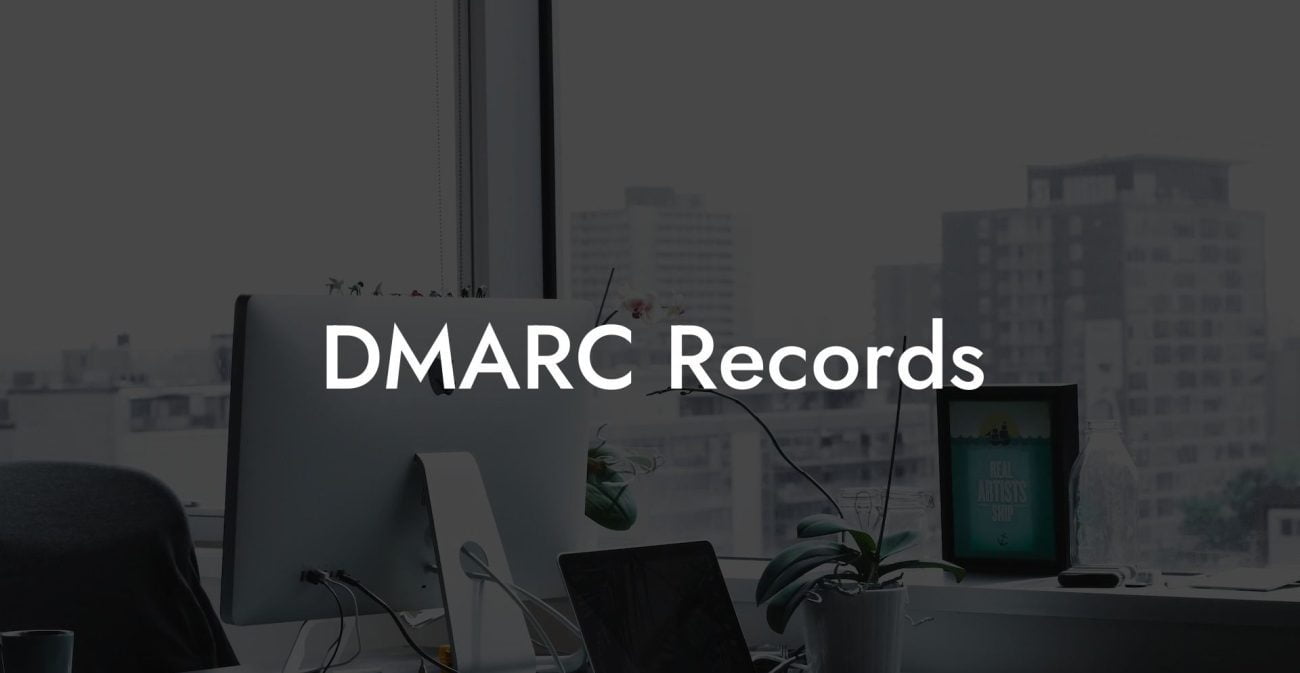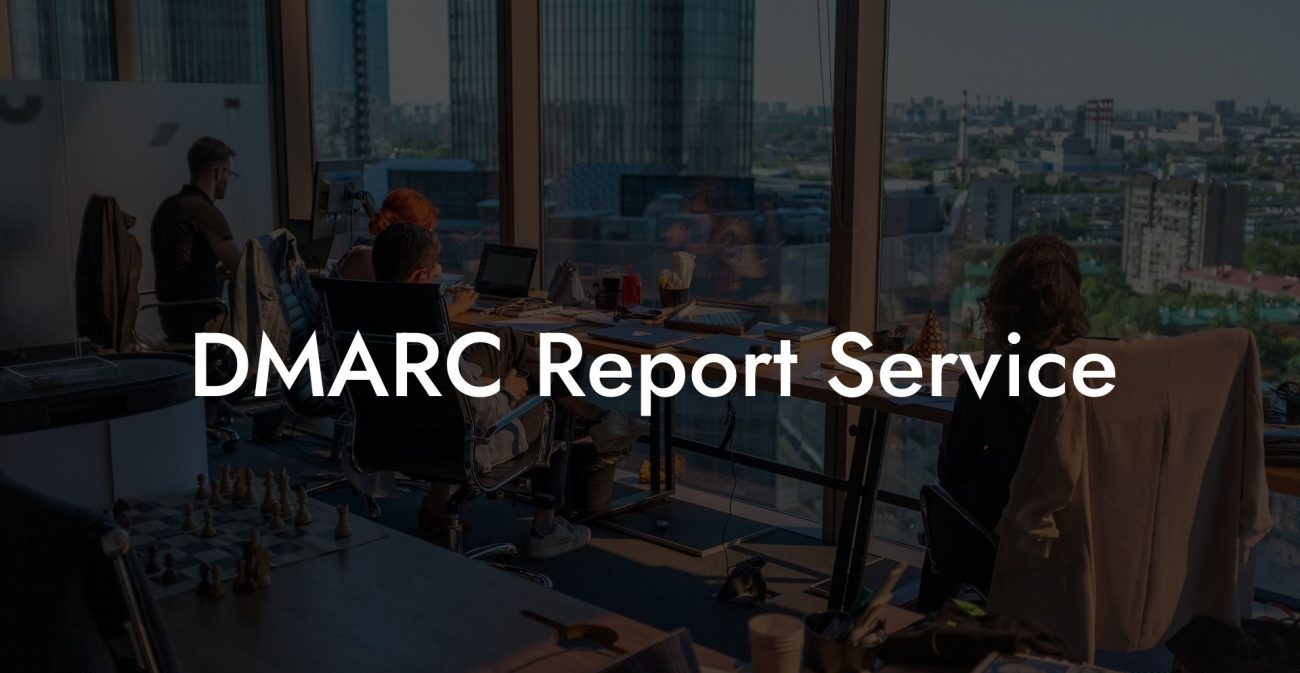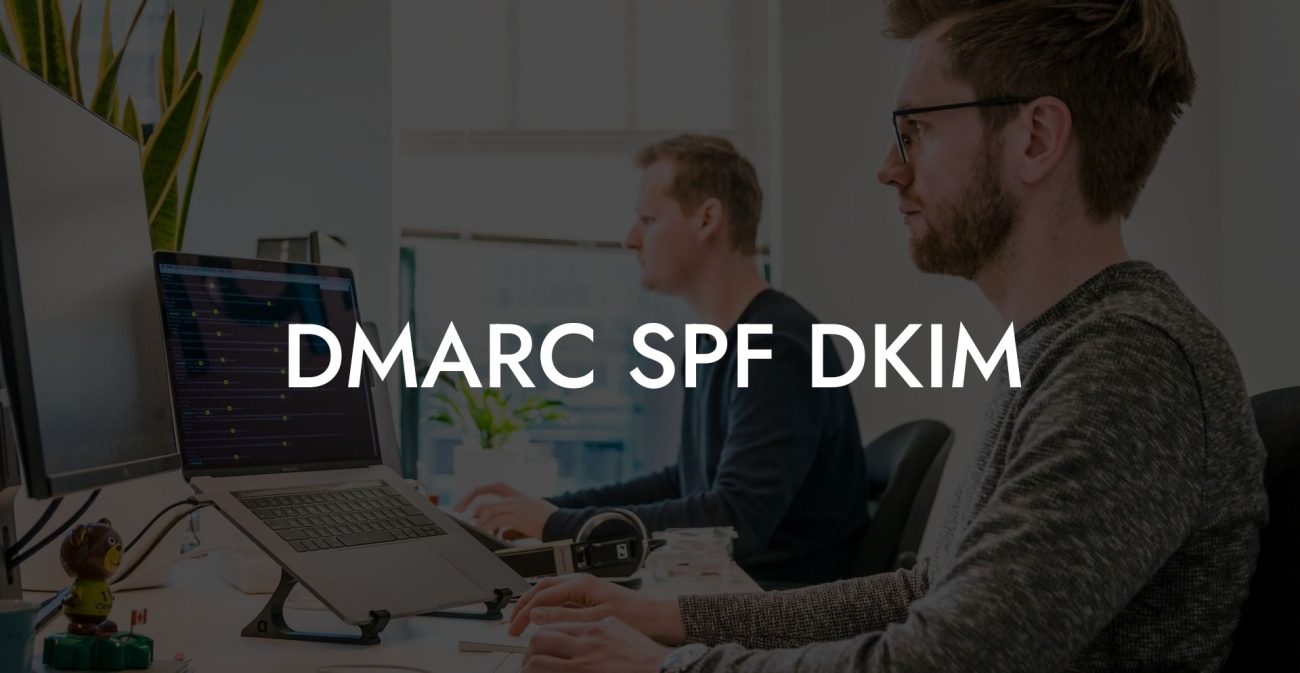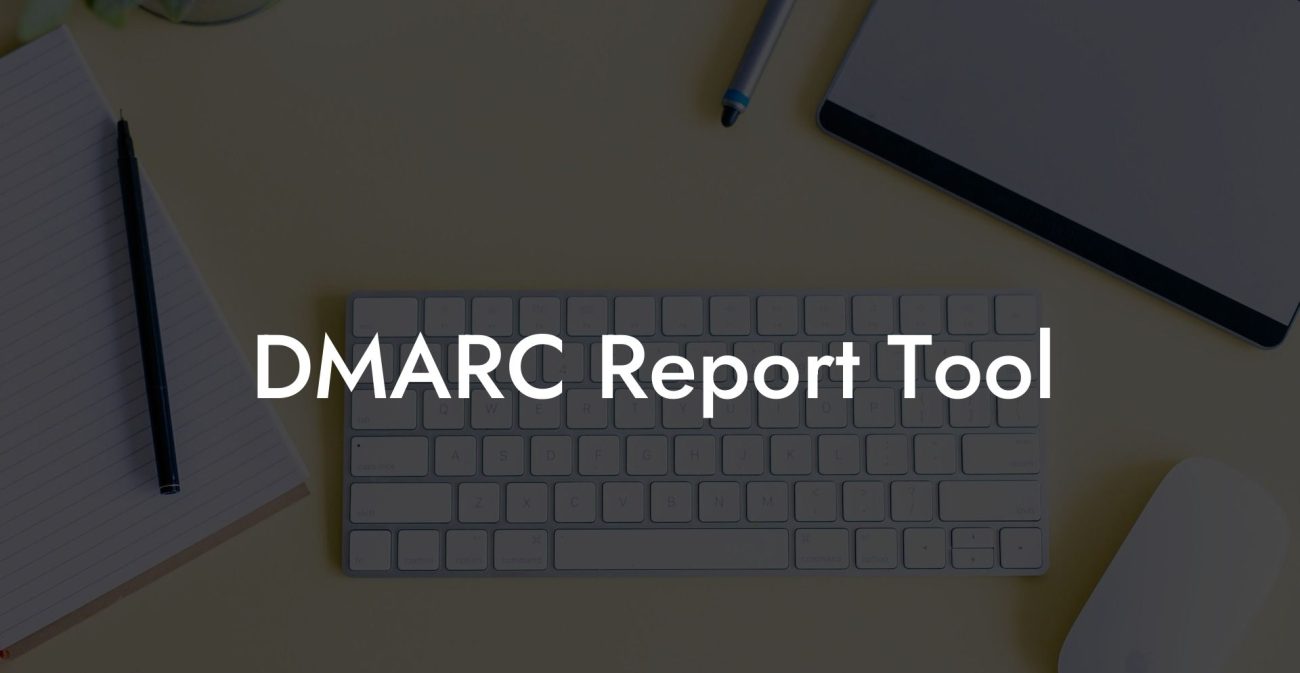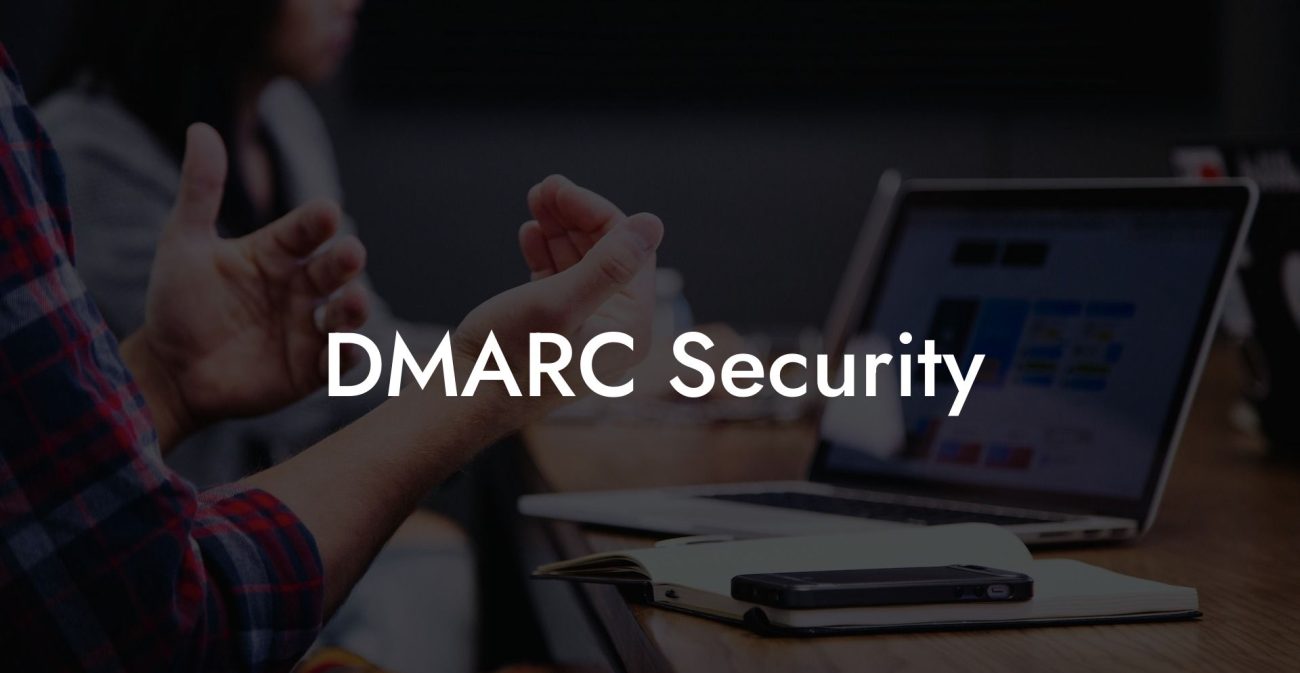In the world of cybersecurity, it's vital to stay one step ahead of potential threats. One such threat that has been making headlines in recent years is email spoofing, where attackers pose as legitimate senders to trick recipients into opening malicious files or divulge sensitive information. To combat this, a powerful tool called DMARC (Domain-based Message Authentication, Reporting, and Conformance) was introduced. In this article, we'll explore the importance of DMARC, how to set it up correctly for your domain, and show some examples of its effectiveness.
What is DMARC?
DMARC is an email authentication technology that enables domain owners to specify how email servers should handle messages claiming to be from their domain. By implementing DMARC, domain owners can protect their reputation, improve email deliverability, and prevent email spoofing and phishing attacks.
How DMARC Works
Protect Your Data Today With a Secure Password Manager. Our Top Password Managers:
DMARC works by building upon two existing email authentication protocols: SPF (Sender Policy Framework) and DKIM (DomainKeys Identified Mail). SPF checks whether the message's IP address is authorized to send emails on behalf of the sender's domain, while DKIM ensures that the message has not been altered in transit.
When an email server receives a message claiming to be from a domain that has DMARC implemented, it checks the SPF and DKIM records. Based on these records and the DMARC policy specified by the domain owner, the receiving server can decide whether to accept, quarantine, or reject the message.
Setting Up SPF and DKIM
Before configuring DMARC for your domain, you'll need to set up SPF and DKIM. Here's a brief overview of the process:
- For SPF, create a TXT record in your domain's DNS settings with the following format - "v=spf1 mx -all." This record specifies that only the mail servers listed in your domain's MX records are authorized to send emails from your domain.
- For DKIM, generate a public-private key pair for your domain. Add the public key as a TXT record in your domain's DNS settings and configure your mail server to sign outgoing emails with the private key.
Implementing DMARC for Your Domain
Once you've set up SPF and DKIM, you can implement DMARC for your domain. Here's a step-by-step guide:
- Create a DMARC policy specifying the desired actions for receiving servers. The policy should include the protocol version (v=DMARC1), the handling policy for emails that fail SPF and/or DKIM checks (e.g., "p=none," "p=quarantine," or "p=reject"), and an email address for receiving aggregated reports (rua=mailto:reports@example.com).
- Add the DMARC policy as a TXT record in your domain's DNS settings. The record should have the name "_dmarc.example.com," where "example.com" is your domain, and the value should be the policy you created in step 1.
- Monitor the reports sent to the email address specified in your DMARC policy. These reports will provide valuable insight into the effectiveness of your policy and help you identify any issues with your email authentication setup.
- Tweak your DMARC policy as needed based on the report data and your organizational requirements. Be prepared to iterate on your policy configuration to achieve the desired level of security and deliverability.
How To Set Up DMARC Example:
Suppose you own the domain example.com and want to implement DMARC with a policy of quarantining emails that fail authentication. Here's how you would do this:
- First, set up SPF and DKIM for your domain as described earlier.
- Create a DMARC policy with the following value: "v=DMARC1; p=quarantine; rua=mailto:reports@example.com". This policy will tell receiving servers to quarantine emails that fail authentication and send reports to reports@example.com.
- Add the DMARC policy as a TXT record in your domain's DNS settings. The record should be named "_dmarc.example.com" and its value should be the policy created in step 2.
- Monitor the reports sent to reports@example.com and adjust your DMARC policy as needed.
By implementing DMARC for your domain, you'll be taking a significant step towards protecting your brand, email deliverability, and recipients from the dangers of email spoofing and phishing attacks. Remember that setting up DMARC may require some fine-tuning and ongoing monitoring, but the enhanced security and peace of mind it provides are well worth the effort.
If you found this article helpful, please consider sharing it with your network and exploring other guides on Voice Phishing to stay informed about the latest in cybersecurity best practices. Together, we can create a safer digital landscape for everyone.
Protect Your Data Today With a Secure Password Manager. Our Top Password Managers:





